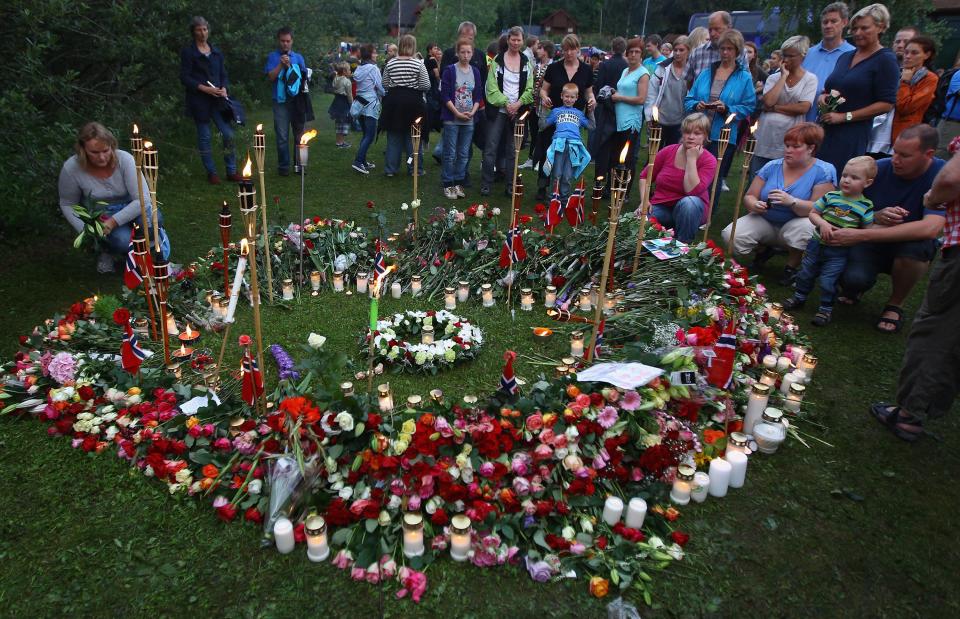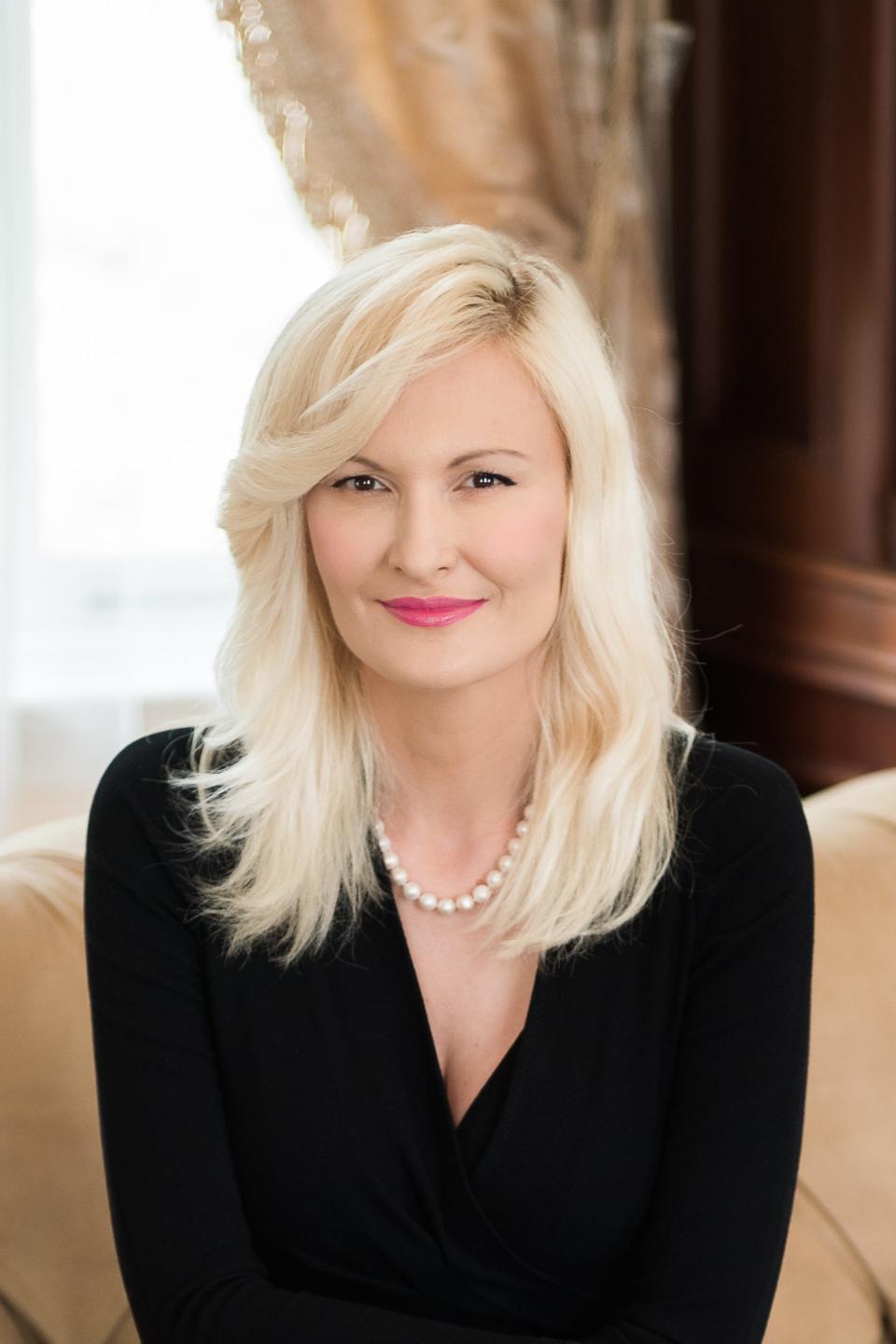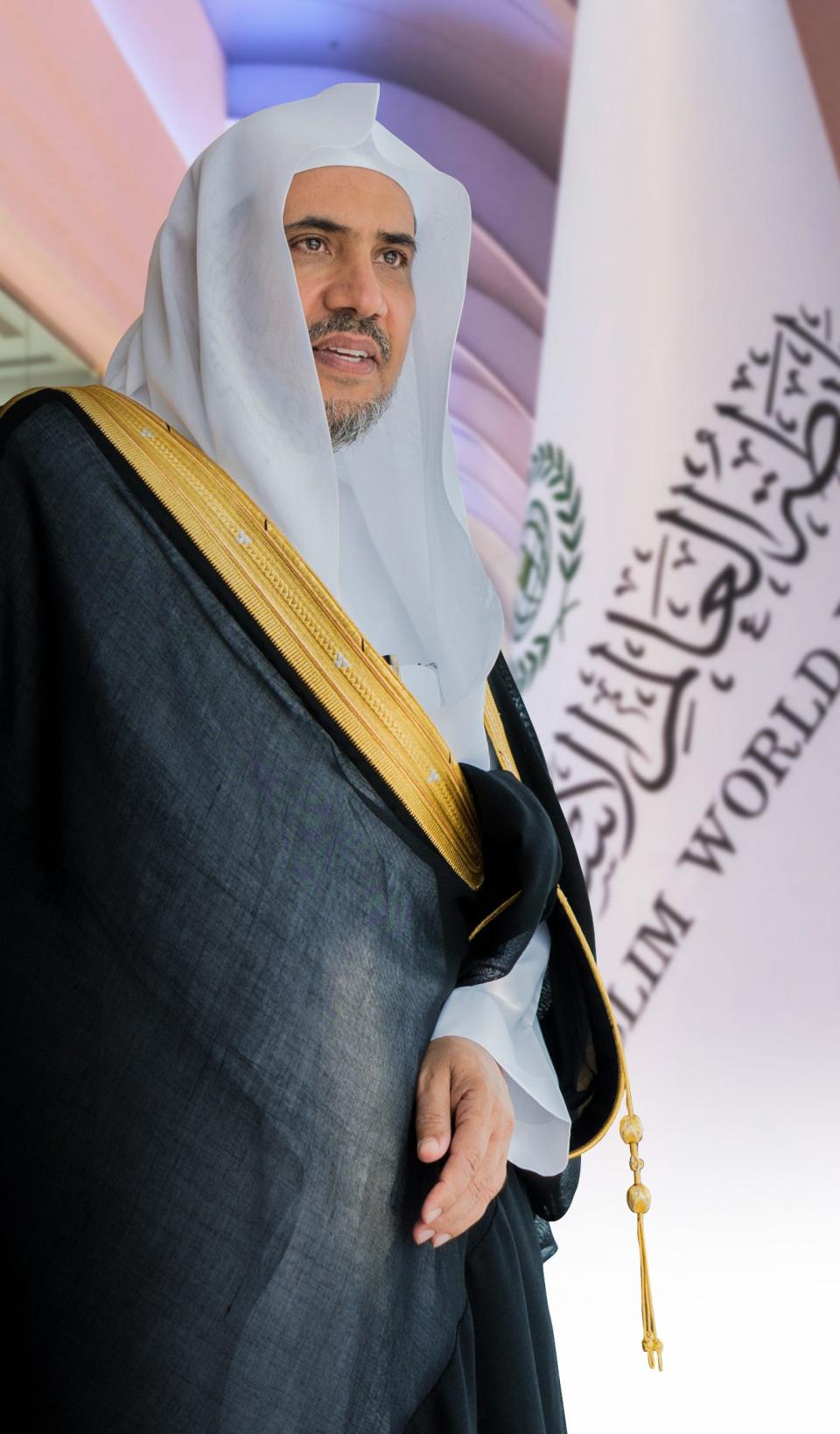What a genocide survivor and a Muslim leader learn fighting 'great replacement theory'
On July 22, 2011, far-right terrorist Anders Breivik carried out Norway's deadliest mass shooting since World War II, killing 77 people. He justified the massacre by propagating the "great replacement" conspiracy theory, claiming he was saving Europe from a left-supported Muslim takeover of Europe.
Twelve years on, that once obscure theory is now broadly mainstream among right-wing voters, media personalities, politicians and 1 in 3 U.S. adults.
And since the terrorist's manifesto was shared, it has inspired a wave of deadly far-right attacks in the United States, Europe and New Zealand.
This replacement theory is nothing new, however. Similar anti-Muslim racism was used to justify the slaughter of Bosnian Muslims (Bosniaks) by Bosnian Serb and Serbian government forces during the 1990s aggression against Bosnia and Herzegovina.

If you think the large-scale targeted, identity-based violence could not happen now, think again. Just look at Ukraine, where Russian rhetoric of ethno-nationalism is killing thousands.
And America has not been shielded from Breivik’s toxic ideas. From Buffalo, New York, and El Paso, Texas, to the Pittsburgh synagogue shooting, the replacement conspiracy has become a familiar narrative to explain the motivation behind mass shootings. It was even the motivation for many who stormed the U.S. Capitol on Jan. 6, 2021.
Indeed, the Capitol riot underlines how quickly conspiracy theories that trigger existential fear of the other can escalate into near uncontrollable violence – even at the heart of American political power.
A new partnership to address fear and hate
How then, do we address a dangerous trend that has grown in popularity despite every logical and moral reason for it not to? This is precisely the area of focus the International Interfaith Lab – set up last year in partnership between Columbia University and one of the largest Islamic nonprofit organizations, the Muslim World League – specializes in addressing.
And both of us, who are directly involved in the Interfaith Lab, have learned a few things along the way.
The popularity of conspiracies like the replacement theory exposes a deeper, more troubling reality. Such ideas can only take hold when people already hold preexisting beliefs, biases and values – most notably a belief that society is composed of divided and competing ethnic, racial or religious groups.
White supremacy isn't just history: Acts of racial intimidation do not stay just a dark part of history
That’s why dismantling such theories in isolation, using reason and analysis alone, is simply not enough – because it addresses the symptom, not the cause of the problem.
This points to a bigger challenge around biases and attitudes to race, religion and ethnicity. And it’s why a more substantive engagement – involving educators, civil society actors, mainstream leaders and grassroots role models – is needed to build resilience to hate and biases that conspiracy theories mobilize.
How do we counter disinformation and denialism?
However, even then we encounter a challenging obstacle: disinformation and denialism. Both are key pillars for keeping extremist narratives alive. Denialism, after all, is precisely what grants those who hold hate views the privilege of never subjecting them to scrutiny.
One of us – Amra Sabic-El-Rayess, a genocide survivor – knows this firsthand. The Bosnian genocide is still denied and even celebrated by huge swathes of Serbian society. Not only does that allow dehumanization and hate to persist, but the conspiracy of Western forces manufacturing anti-Serb genocide claims helped forge a victimhood mentality that drew ordinary Serbs closer to their strongman rulers.

We see a similar dynamic play out in the United States, where the Buffalo and El Paso attacks ironically reinforced support for the far right after conspiracy theorists characterized those attacks as false flag operations. Perversely, this reinforced opposition to the very demographic groups who were victims of those attacks.
Solving the problem of disinformation is not easy. Just this week, United Nations Secretary-General Antonio Guterres warned that artificial intelligence could massively compound the spread of hate speech and disinformation, “adding a new dimension to the manipulation of human behavior, and contributing to polarization and instability on a vast scale.”
As dramatic as that sounds, it’s not unfounded.
Beyond ChatGPT: AI conspiracy theories are here. Don't believe everything you read.
This month, the U.N. Office on Genocide Prevention launched a policy paper on countering online hate speech, something the Muslim World League has been actively pursuing for years. Its #RejectHate campaign, launched in 2021, combats anti-Muslim racism and all forms of hate by pressuring Big Tech to address the concerning rise of online hate crimes.
Fearmongering conspiracies designed to weaponize negative emotions are an increasing issue in today’s social media landscape. They trigger people’s basest fears to galvanize them into becoming loyal followers of extreme movements.
Positive emotional narratives have the opposite effect. Powerful, moving storytelling that shatters the biases and presumptions of hate groups is a potent way to preempt and diffuse the influence of extremists and conspiracy theorists.

When one of us – Mohammad bin Abdulkarim Al-Issa, the secretary general of the Muslim World League – led the most senior Islamic religious delegation to Auschwitz in 2020 alongside senior global Jewish leaders, he aimed to counter hate. The sheer spectacle of some of the world's leading Islamic religious leaders paying homage to the victims of the Nazi death camp in Poland did more than any other single event or news story to dent Holocaust denialism across the Islamic world.
Opinion alerts: Get columns from your favorite columnists + expert analysis on top issues, delivered straight to your device through the USA TODAY app. Don't have the app? Download it for free from your app store.
Clearly, 12 years after a neo-Nazi terrorist killed innocent lives in Norway, we have yet to successfully address the hate-filled narrative that motivated his attack. In many ways, today’s challenges are amplified.
The stakes are high, but if an unprecedented coalition of government, Big Tech, civil society and content creators can produce major policy, narrative and public opinion shifts, we might just turn the tide.
Mohammad bin Abdulkarim Al-Issa is the secretary general of the Muslim World League, which was behind the ground-breaking Makkah Charter supported in 2019 by 1,200 Islamic scholars across nearly 140 countries.He also founded Faith For Our Planet, one of the world’s first interfaith climate nonprofit organizations.
Amra Sabic-El-Rayess is a professor at Columbia University, where she leads the International Lab for Research and Leadership in Interfaith Collaboration and Coexistence. Her new nonfiction book, "Three Summers: A Memoir of Sisterhood, Summer Crushes, and Growing Up on the Eve of the Bosnian Genocide," comes out next year.
You can read diverse opinions from our Board of Contributors and other writers on the Opinion front page, on Twitter @usatodayopinion and in our daily Opinion newsletter. To respond to a column, submit a comment to letters@usatoday.com.
This article originally appeared on USA TODAY: Great replacement theory isn't new. We need new strategy to fight it

